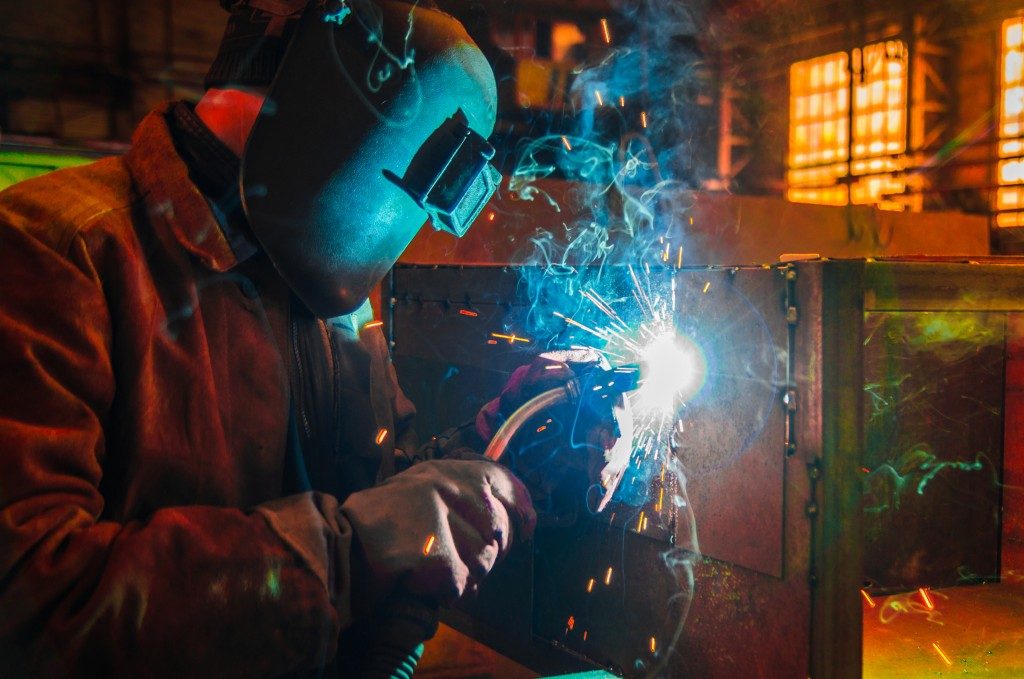The ultimate level of personal protection for any welder is a helmet. There exist a broad range of helmet types available for welders. These are primarily classified into auto-darkening and passive helmets. Passive welding helmets have dark lenses which do not adjust to welding arc changes. The welder also needs to nod this type of helmet down when starting an arc. Auto-darkening helmets on the other hand automatically darken when you start an arc. They are hence more convenient and easier to use compared to passive helmets.
When getting an auto-darkening helmet from welding safety equipment suppliers, there are several options you will have. These options are all designed to increase your weld quality, comfort when working and productivity. The following are your auto-darkening welding helmet options.
Variable vs. Fixed Shade Lens
A fixed-shade lens darkens to a set shade of #10 when it detects a welding arc. This way, you get the convenience of an auto-darkening helmet with a fixed shade helmet’s economy. The lens works best if your welding job involves material of similar thicknesses and welding processes with limited amperage. The shade of a variable lens auto-darkening helmet changes according to your arc’s brightness and ranges from #9-13. This lens is ideal for welders that use different welding processes.
Lens Reaction Time

The reaction time of auto-darkening helmets varies. The number on your helmet indicates how fast your lens switches from its natural state {often #3-4} to a darkened state. A helmet with optimal protection changes to a darkened state fast to quickly shade your eyes from the intense light of your welding. This quick change also minimises your eyes’ fatigue. Entry-level welding lenses usually have a rating of 1/3600 of a second while professional or industrial grade have 1/20000 of a second.
Number of Sensors
Welding safety helmets have different numbers of sensors. Two sensors will suffice for hobby welders while professionals need at least four sensors. More sensors for your helmet will generally mean better protection more so in out-of-position welding since some of the sensors might be obstructed.
Delay Controls
Welding helmets come with different delay control options. These allow you to pre-set the time length the lens will stay dark following the stop of your welding. A short delay suffices when you are tack welding on large projects and allows you to reposition for your welds quickly. Long delays are helpful for welding tasks involving very high amperages as they allow time for cooling of the molten metal.
Viewing Size
Your helmet’s ideal viewing size is primarily based on the amount of out-of-position welding you handle and your personal preference. For light duty welding tasks, viewing sizes of 6 sq. are ideal. 9 sq. viewing sizes are the best choice for industrial-grade welding.
Other than the above options, there is also a range of technologies which can boost your experience when using auto-darkening helmets. Tracking function, arc tracking, and electromagnetic arc sensing are among the latest technologies. The ideal auto-darkening helmet choice will significantly reduce the amount your company pays in workers’ compensation and emergency room visits for arc-flashed eyes.

